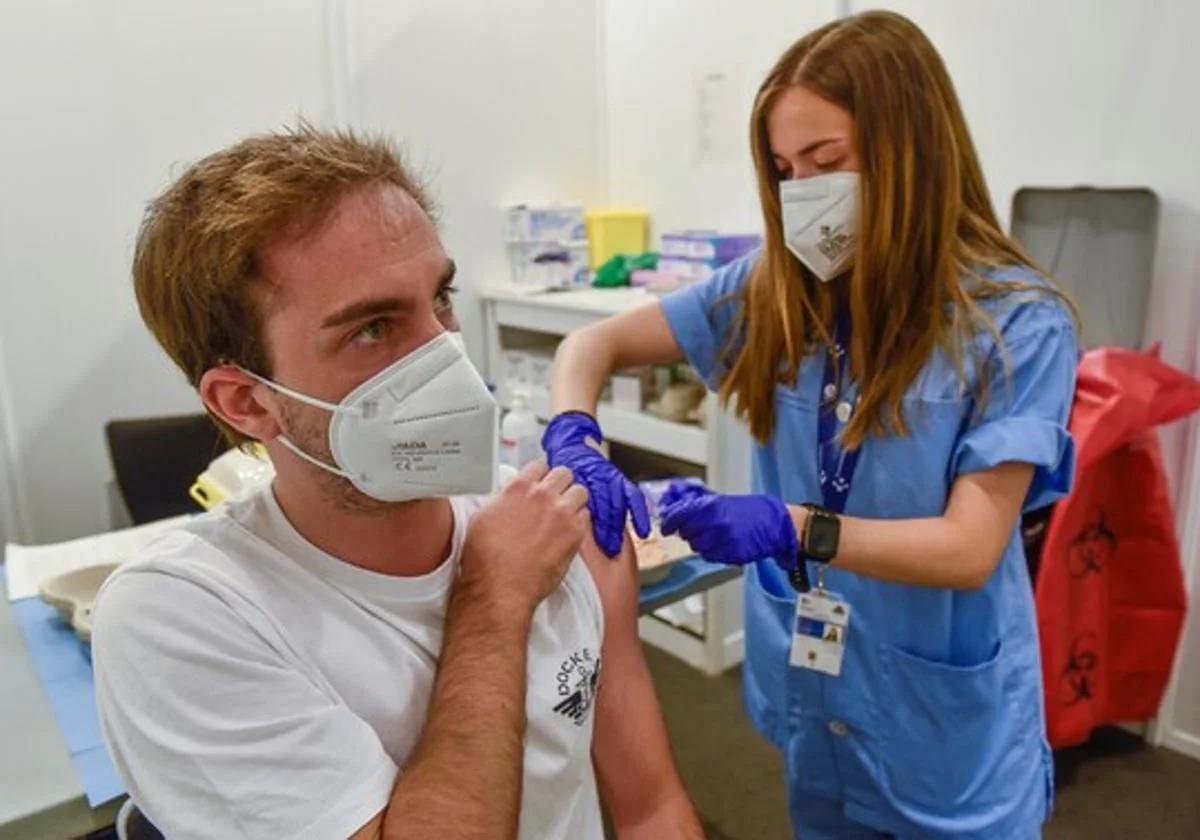

Sections
Highlight

More than 1.1 million workers are currently on sick leave in Spain, that's 5.5% of the total working population. Worse still, throughout the year almost seven million workers, nearly a third, have taken sick leave, according to the latest data for November published by the national Ministry of Social Security in Madrid.
Absenteeism, even if in this case it is justified as it has been authorised by a doctor, is one of the scourges that is plaguing and damaging economic activity in Spain. Not only is the country the king of unemployment in Europe, but it is also near the top spot for absenteeism with only France surpassing us, to the point that Spanish boasts almost double the average absence levels in the EU. This is why it has become one of the main concerns of the nation's companies in recent times. It is also one of the reasons cited by Spain's CEOE confederation of business and industry for rejecting the reduction of the working week to 37.5 hours as it significantly penalises productivity, another of Spain's Achilles heels and one that also places it well below the European average.
The amount of sick leave taken has shot up by 54% in just five years, mostly among young people, with an increasing proportion of that being long-term sick leave and an exponential increase in those caused by mental illness, according to an internal ministry report handed to SUR. In 2023 there were three million more sick leave absences due to temporary incapacity than five years ago, rising to 8.3 million, almost twice as many as in 2020 at the height of the pandemic.
The Spanish state had to pay out nearly 14.21 billion euros for this, a figure that has already been exceeded this year by more than 15% despite the fact that December's expenditure has not yet been added, for which Social Security has had to divert more than 3.9 billion, having spent the entire 2024 budget in the first nine months. The cost of absences from work has shot up by 80% in five years, tripling in the last decade (in 2014, less than 4.9 billion euros were spent on sickness (IT) benefits) and has become the biggest budget item after pensions.
One of the reasons that could be put forward for this disproportionate increase in absences from work due to illness is the ageing of the Spanish population: the older you get, the poorer your health. However, data provided by the Ministry of Social Security itself to interested parties demolish this argument. Paradoxically, it is young people who take the most sick leave, to the extent that it is double that of the over-55s.
This unfortunate boom in sick leave - a phenomenon that tends to grow in good times and decrease exponentially in times of crisis - has occurred among workers of all age groups, but curiously has grown much faster among the under-25s, those who should be in better health. This age group's sick leave has shot up by 53% in the last five years. Absenteeism increases less among the older age group: 32% compared to the general average of 40%. More specifically, if for every 1,000 workers there are 34 on sick leave (taking data from 2023), this rises to 59 among young people, more than double the incidence of 26 sick leaves per 1,000 members logged for workers aged 55 to 65.
In 2023 more than 396 million working days were lost in Spain as a result of temporary incapacity, a figure that represents a 62% increase on the number of days lost in 2018, according to data from Umivale Activa and the Ivie. This would be equivalent to 1.1 million workers not attending work on any day last year or an average of 20 days of absence per worker per year, only due to temporary sickness, without taking into account the other types of possible absences.
Publicidad
Publicidad
Publicidad
Publicidad
Esta funcionalidad es exclusiva para registrados.
Reporta un error en esta noticia

Debido a un error no hemos podido dar de alta tu suscripción.
Por favor, ponte en contacto con Atención al Cliente.

¡Bienvenido a SURINENGLISH!

Tu suscripción con Google se ha realizado correctamente, pero ya tenías otra suscripción activa en SURINENGLISH.
Déjanos tus datos y nos pondremos en contacto contigo para analizar tu caso

¡Tu suscripción con Google se ha realizado correctamente!
La compra se ha asociado al siguiente email
Comentar es una ventaja exclusiva para registrados
¿Ya eres registrado?
Inicia sesiónNecesitas ser suscriptor para poder votar.